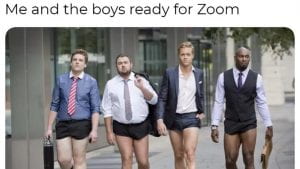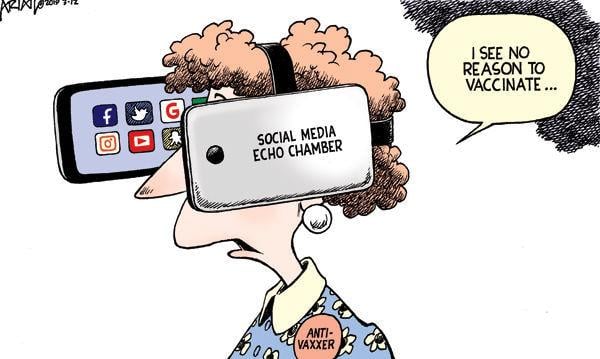The COVID-19 pandemic created a challenge for teachers, parents, and students in special education. It came with all the issues that hit the broader education community, and additional concerns about how the students would handle learning under these new conditions. Students in special education classrooms usually need a structured, consistent schedule, and that was more difficult to maintain while working remotely.
Winn and Behizadeh emphasized a right to education, specifically literacy education, and it is naturally easy to worry about fulfilling those obligations for special education students when they suddenly found themselves in a completely different setting, with a strange new routine none of them were used to.

By law, schools were still required to provide special education services during remote learning, which included various services in addition to general education curricula like reading and math. The problem is that accessing these services could be difficult. Parents were often at a loss as to what to do. This also came with them having to basically become teachers themselves and try different learning methods till they found something that worked for their child.
IEP assessments became an issue too. The school must evaluate every child’s IEP and determine whether education goals were being met and what needed to be rewritten in light of the student’s current needs. With remote learning however, correctly evaluating these things could prove difficult for special education teachers and the aides who are meant to help students navigate through their time at school.
It was a rough year for special education, but hopefully things will begin to look up from here on out. More schools in Ohio are back in person (whether part-time or full-time) which should mitigate the issues that arose around special education. Being back in a physical classroom can give students the structure and consistency they need to learn.













